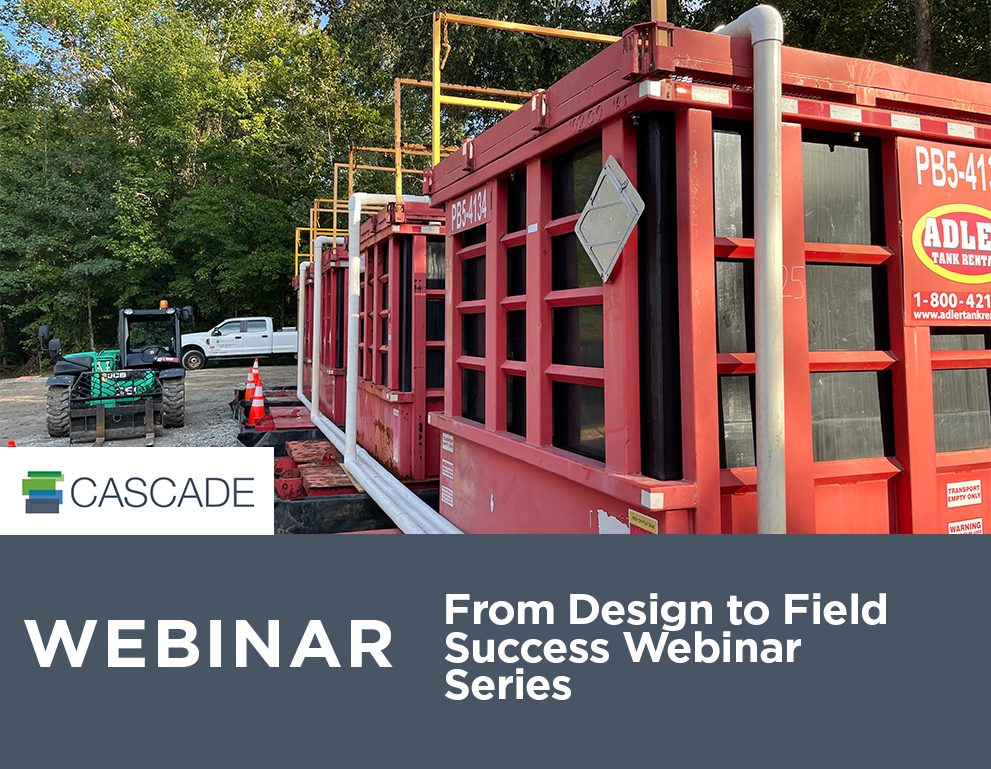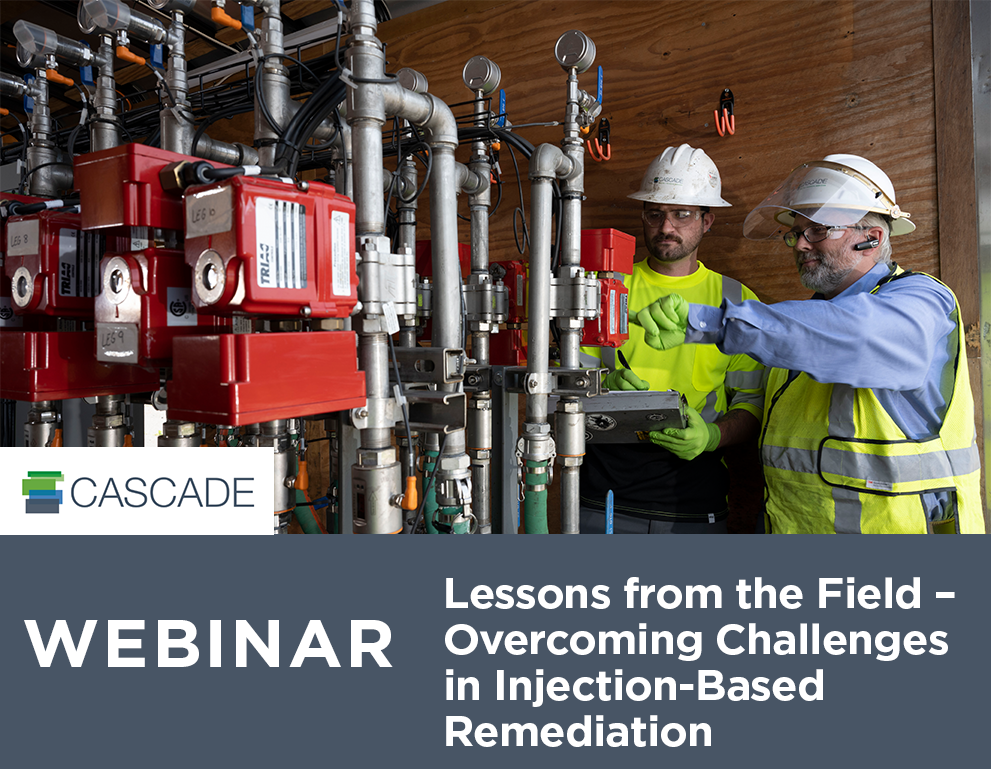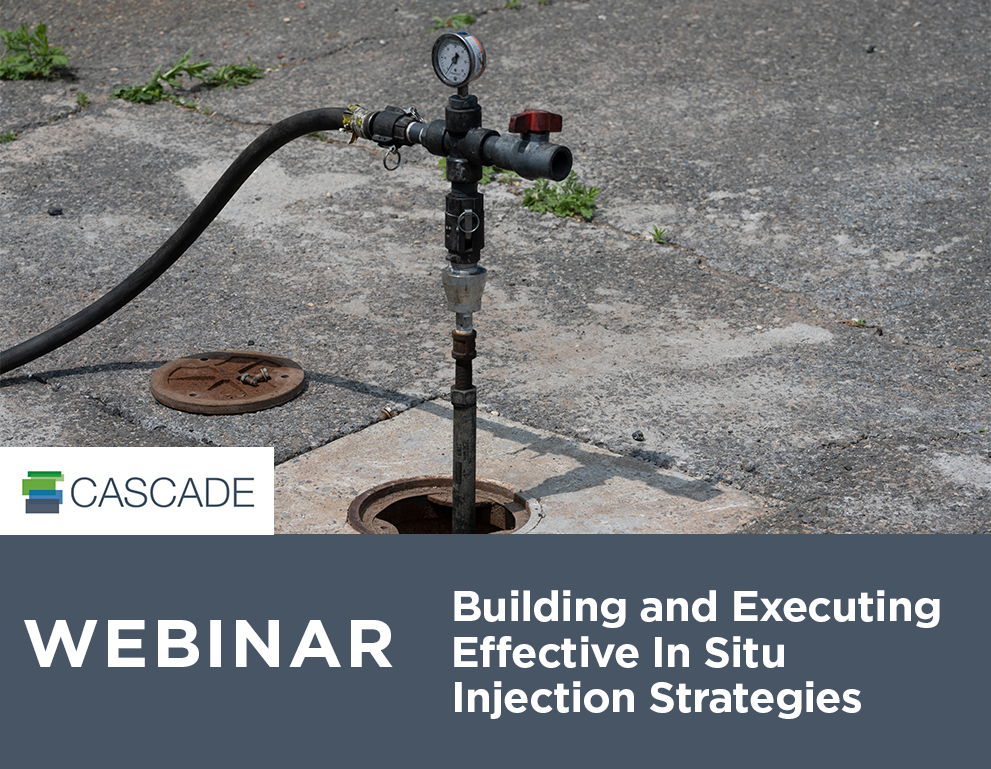Ask the Expert
Do you have a question for our team? Ask it here>>
What are the key factors that determine the success of an ISS project?
In my experience, the success of an in situ stabilization (ISS) project comes down to one core principle: you must produce a well-mixed, homogeneously treated material. Everything else—mixing equipment, reagents, even the site conditions—feeds into that.
Understanding your site’s lithology and contaminant profile is essential. Your reagent selection and mix design are based on these and should always be tailored to the performance criteria you're trying to meet—typically strength, leachability, and permeability. A solid treatability study in the lab, followed by pilot testing in the field, helps verify that your mix design will work under real-world conditions.
The mixing method itself, whether auger-based or excavator-based, should be chosen based on depth, debris and obstructions, and cost-effectiveness. I always caution folks not to fixate on the equipment type. What matters is whether that equipment can deliver the consistent, uniform mixing needed to meet your project goals.
Finally, be realistic about cure times and performance development. Strength and leachability metrics stabilize fairly quickly, but permeability may take longer. Waiting a bit beyond the arbitrary 28-day mark is often worth it if it means achieving regulatory targets without unnecessary rework.
At the end of the day, ISS is a powerful tool—but like any tool, its success depends on how well you understand its capabilities and limitations. Get the fundamentals right, and ISS can deliver long-term, reliable results.
Dr. Paul Lear, Senior Technical Director at Cascade
Learn More>>


 New Report, Real Impact: See What Sustainability Looks Like at Cascade
New Report, Real Impact: See What Sustainability Looks Like at Cascade
















